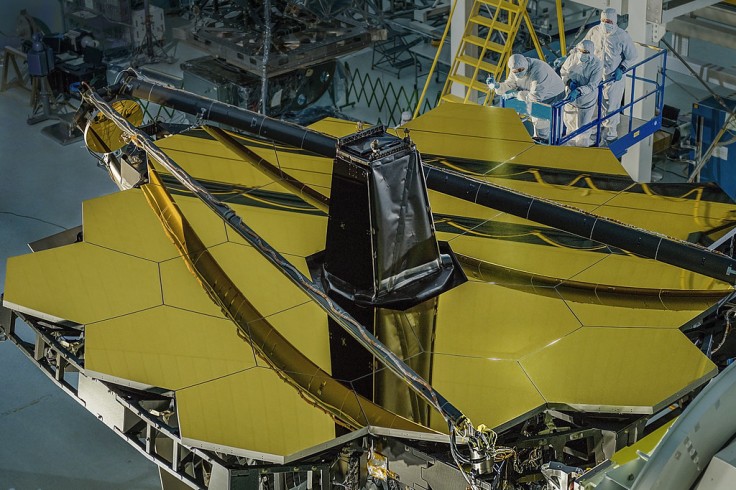NASA's newest space telescope has sustained some damage in space.
The space agency recently revealed that the James Webb Space Telescope (JWST or Webb for brevity) had been hit by a larger than expected micrometeoroid sometime at the end of May.
Despite the damage sustained, NASA reported that JWST is operating past optimal levels.
Webb's Current Condition and Status

NASA mentioned in its announcement that one of Webb's 18 primary mirror segments, its C3 segment, had been damaged by a larger than expected micrometeoroid hitting it between May 23 and 25. After inspecting the damage and initial assessments, the team responsible for operating Webb found that the telescope is still performing the same as before - at levels exceeding NASA's expectations and still fully capable of performing the operations it was designed to do.
However, the damage to one of Webb's mirror segments did affect the telescope's performance somewhat. NASA noted that there is a marginally detectable effect in the data the space telescope sends back to Earth.
Thorough analysis and measurements are ongoing to figure out the full extent of the impact's damage on Webb's performance.
NASA mentioned that micrometeoroid strikes are "an unavoidable aspect" of operating any spacecraft due to them routinely sustaining many impacts throughout their lives in space, and Webb is not an exception to this.
As such, NASA engineered Webb's mirror to take impacts from the micrometeoroid environment at its orbit around Sun-Earth L2 of dust-sized particles, which are flying at extreme velocities.
To create Webb's protection, NASA's engineers used a combination of simulations and actual test impacts on mirror samples to get a clearer idea of how to better fortify Webb in the event of an impact during its lifetime in space.
Read also: Happy Birthday, Tim Berners-Lee: What You Have to Know About the Creator of the World Wide Web
In fact, Webb has already been hit by at least four different micrometeoroids, The Verge mentioned. However, those were small and were about the size of what NASA had prepared Webb for.
However, the micrometeoroid that recently damaged Webb was larger than what was tested here on Earth and is beyond what NASA's engineering team could have tested on the ground. Although the overall size of the micrometeoroid wasn't mentioned, it should be much larger than a grain of sand.
NASA's Solution
To counteract the effect of a damaged mirror, NASA outfitted Webb with the capability to sense and adjust mirror positions to enable partial correction by adjusting the affected segment's position, thereby minimizing the distortion caused by the damage.
Unfortunately, adjusting the affected segment can only get NASA so far before actual repairs are needed, as not all of the degradation can be canceled through this process.
NASA's engineers have already performed such an adjustment on Webb's C3 mirror segment, along with additional planned mirror adjustments to fine-tune the correction made.
This process of adjusting and fine-tuning the mirrors will have to be repeated when needed in future events as part of Webb's monitoring and maintenance throughout its mission.
The space agency has also formed a specialized team of engineers to look for ways to mitigate the effects of future micrometeoroid hits of a similar scale.
NASA's Plans With Webb
Despite the damage, NASA mentioned that it does not change Webb's operations schedule. Its team is continuing to check the telescope's science instruments and observing modes and preparing for the release of the telescope's first images and the start of Webb's commission and the start of its science operations.
Webb's first photos are expected to be released by NASA on July 12.









